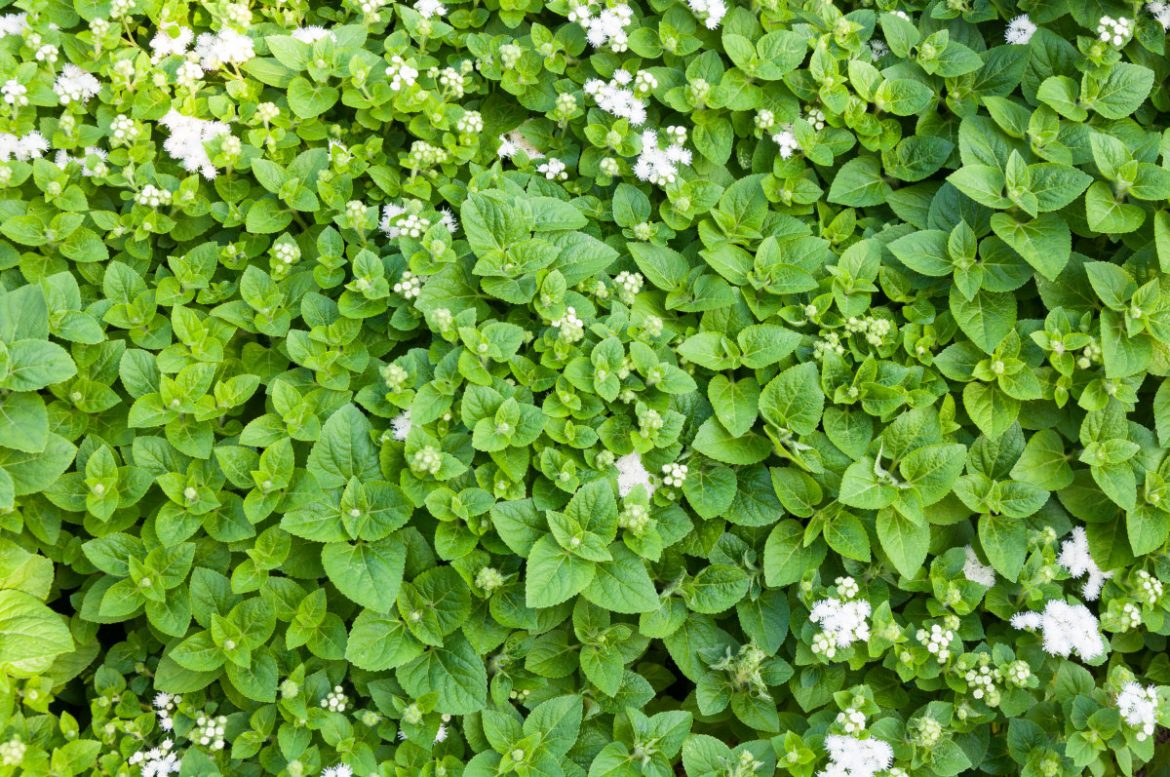Also known as pepper-like mint (peppermint), peppermint is a botanical genealogy of the species resulting from a cross between green mint and water mint. It is an herbaceous perennial plant, and cultivation is quite common, as the essential oil is widely distributed, mainly in the United States, France, and England (especially in the Mitcham area, south of London). Peppermint essential oil is heavily used in the food and perfume industries, as well as in pharmaceuticals. It is a pale yellow or colorless essential oil with good flow and a strong, fresh, green peppermint scent.
General Information
- Latin Name: Mentha Piperita
- Important places of origin: USA, France, UK, Israel, Croatia, India.
- Botanical Family: Labiataceae, Menthaceae
- Extraction Site: Whole herb
- Extraction Method: Distillation
- Caution: Do not take this product internally before the age of 2.5 years, but use it externally with caution in specific areas (forehead, temples, corners of the eyes).
Chemical structure – mainly monoterpene alcohols
- Monoterpene Alcohol 50%: Menthol 38-48%, Piperine Brain
- Monoterpene ketones 40%: menthone 30%, piperonyl ketone, menthone <3%.
- Ester <10%: menthyl acetate
- Monoterpenes <10%: turpentine, limonene
- Oxide 5%: 1,8 eucalyptol 5.75%, menthol furan <3%, piperonyl oxide
- Sesquiterpenes: β-Syringene, Geranium macrocarpon, bicyclic olefin
- Coumarin: Horse chestnut
Pharmacological Properties
- nourish the liver and gallbladder, and strengthen the pancreas.
- antivirus
- analgesic, anti-oxygen, anti-diarrhea, and anti-nausea
- acts like a hormone, regulates ovarian function, and aids in childbirth.
- antispasmodic, can regulate the smooth muscle of the gastrointestinal tract
- good for the digestive system, especially the stomach and liver
Applicable Systems
Nervous System: Pain [with real lavender, rooibos leaves, geranium, nutmeg, clove buds, etc.].
Digestive system: indigestion [with real lavender, cardamom, coriander seeds, sweet marjoram, citrus oils, clove buds, black pepper, etc.].
Respiratory: Respiratory tract obstruction, bronchitis, asthma [with eucalyptus, rosemary, sweet marjoram, happy clary sage, real lavender, spiky lavender, benzoin, etc.]
Skin system: eczema, itching, rash, wound repair [with real lavender, bergamot, tea tree, patchouli, permanent flowers, German chamomile, myrrh, geranium, rose, etc.]
Daily Life Applications
- aromatherapy
- invigorates the mind and improves memory
- pain relief (including migraines, neuralgia, sciatica)
- oxygen control
- antiemetic
- anti-nausea
- eczema
- nourish the liver
- bronchitis
- asthma
- digestive disorders such as dyspepsia, vomiting and nausea, abdominal cramps and irritable bowel syndrome.
- phlegm
- promote wound healing

